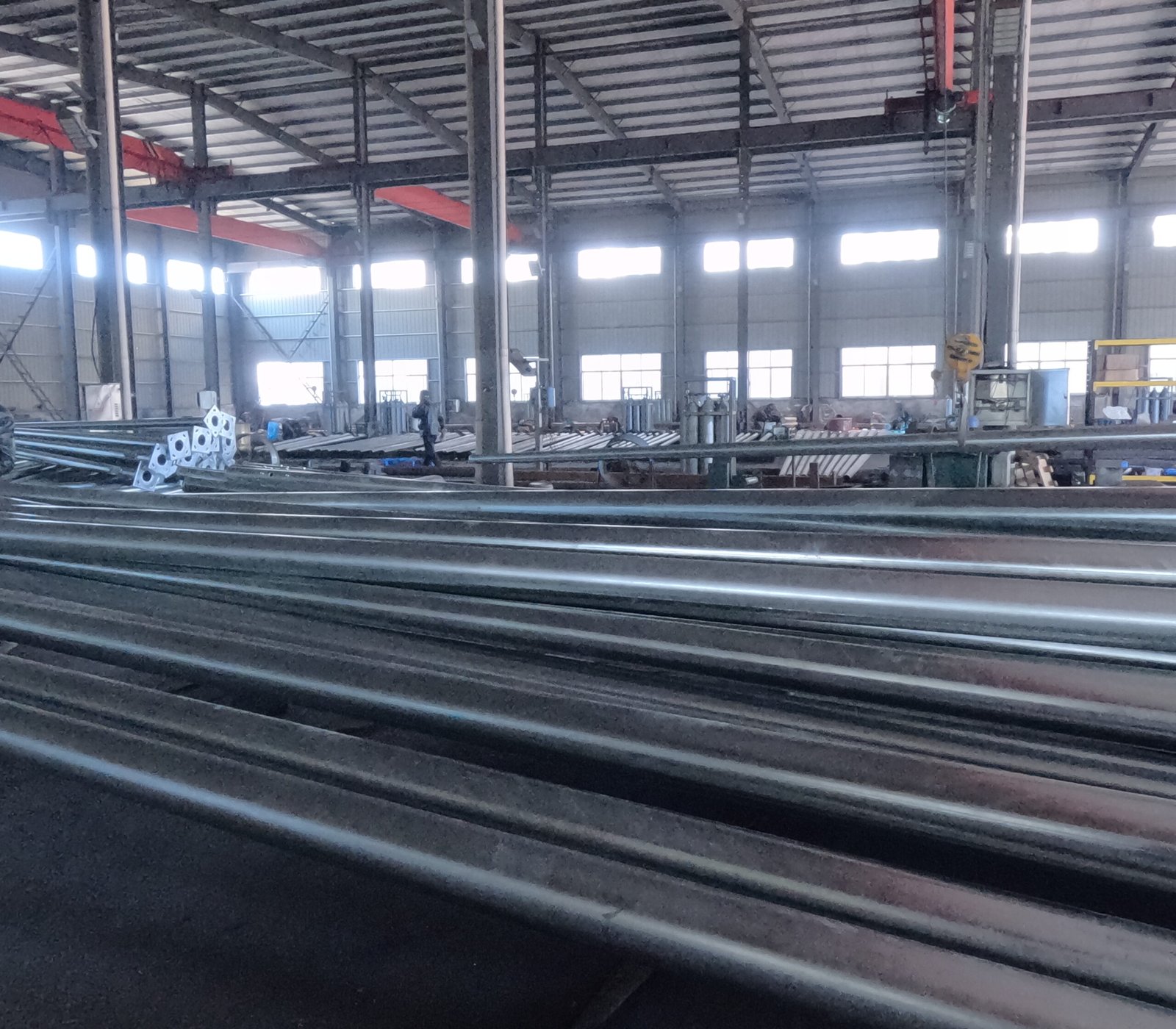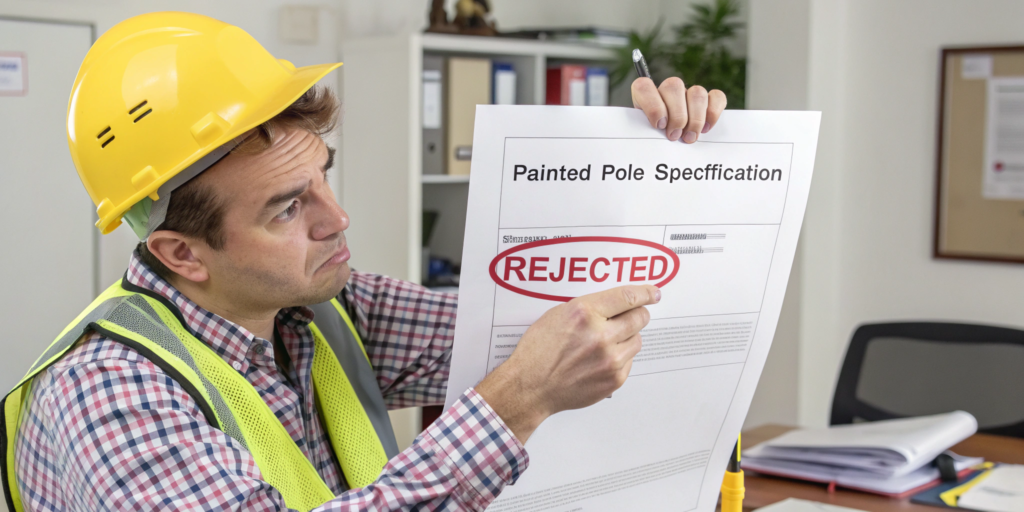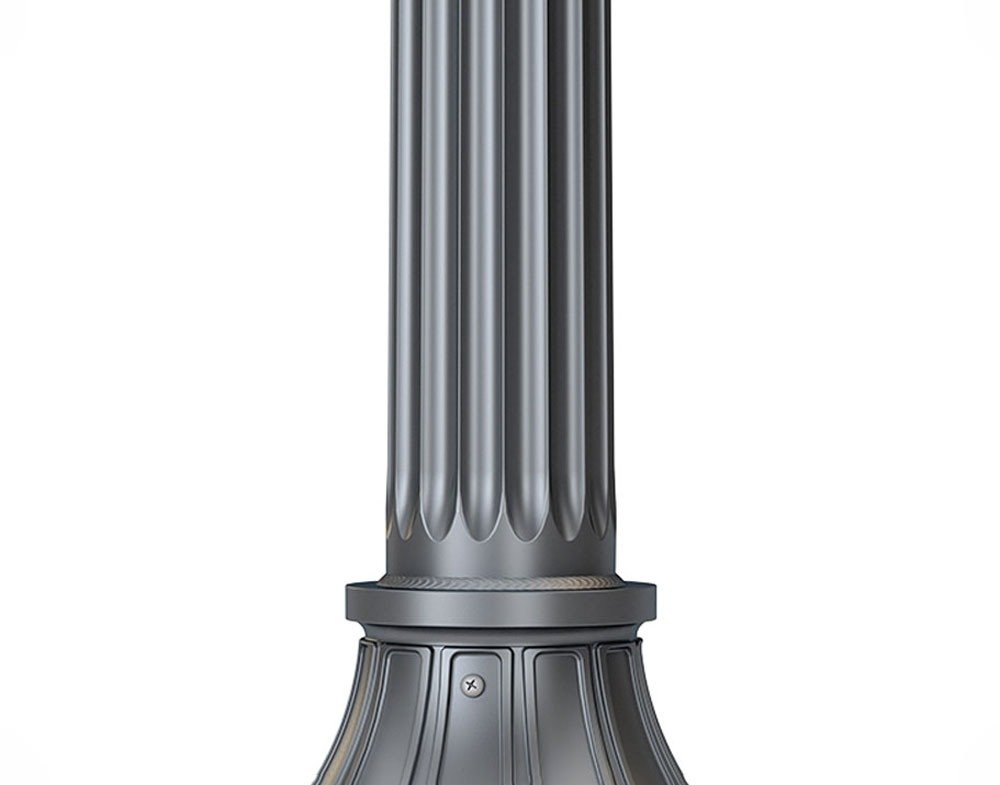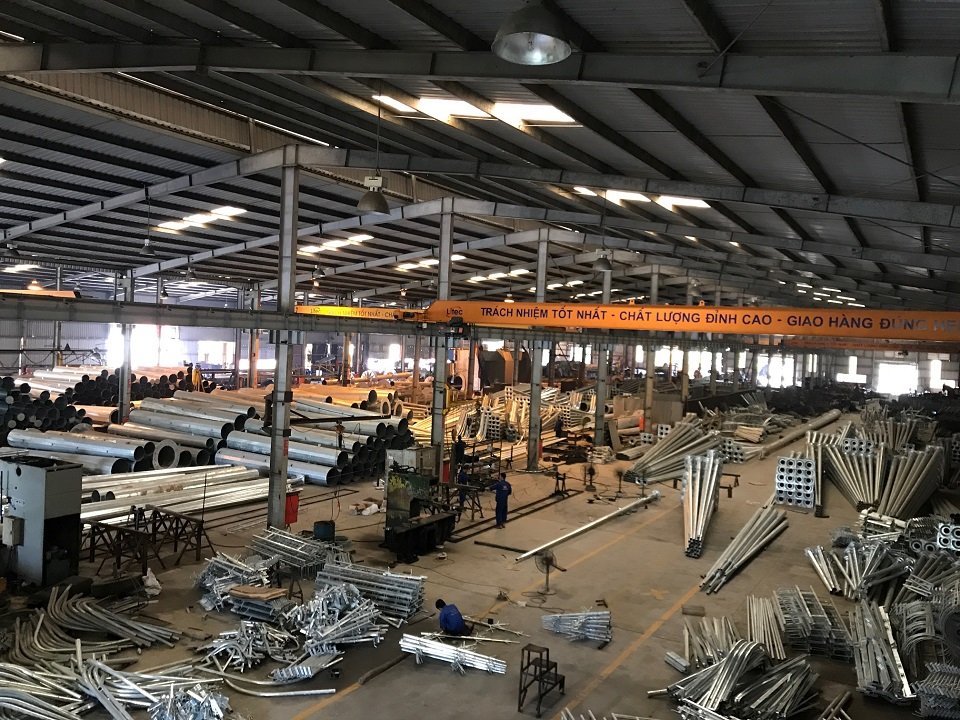If a pole can’t survive the first storm season, is it really built for “extreme environments”?
High wind-resistant solar light poles are engineered to endure hurricane-level winds, resist corrosion, and provide uninterrupted solar lighting in the world’s harshest environments.
This isn’t about overengineering—it’s about preventing failure in places where infrastructure has no room for error.
What Are High Wind-Resistant Solar Light Poles?
I’ve worked on lighting projects near hurricane coasts and mountain passes. Ordinary poles simply don’t survive.
High wind-resistant poles are designed specifically for regions that experience extreme wind speeds, turbulence, and shifting soil conditions.
We typically install these in places like:
- Coastal cities prone to cyclones or typhoons
- Mountain towns with constant crosswinds
- Airports or airbases
- Open desert highways with gusty, abrasive winds
- Remote island locations with salt-heavy air
In 2022, one of our aluminum-powder-coated pole installations in Togo withstood a recorded wind event exceeding 150 kph—no tilt, no base shift, no damage. That was a moment that proved specs on paper can match field reality.
Why Wind Resistance Is Critical for Solar Light Poles in Extreme Environments?

If you’ve ever had to replace 30+ poles after a storm, you know it’s not just about the money—it’s about downtime, liability, and public safety.
Without proper wind resistance, poles become hazards, not assets. They fall, twist, vibrate, or collapse—taking out power lines or injuring bystanders.
Some cities we’ve worked with in West Africa used untreated poles that began leaning after the first seasonal storm. Eventually, three collapsed during a wind surge. Since switching to galvanized tapered steel designs, they’ve had zero failures for over five years.
This isn’t theoretical—climate events are becoming stronger and more frequent. If your solar pole can’t meet the region’s peak wind speed, it's just a ticking time bomb.
Engineering Standards for High Wind-Resistant Solar Light Poles
I never approve a design unless it meets international wind load standards and local codes.
The ASCE 7 and AASHTO classifications are essential benchmarks for ensuring your pole won’t fail in high-wind conditions.
Here’s a snapshot of standards I always refer to:
| Standard | Purpose | Notes |
|---|---|---|
| ASCE 7-16 | Defines minimum design loads including wind | Used widely in structural engineering |
| AASHTO LRFD | Covers wind load for highway lighting | Especially important for road-side solar lights |
| Local Building Codes | Country-specific requirements | Must align with FEMA zones or national storm zones |
What Do Wind Ratings Actually Mean?
- A pole rated for 150 mph wind typically has:
- Tapered shaft geometry
- Reinforced welds
- Tested anchoring under simulated gusts
- EPA (Effective Projected Area) is a key factor—larger solar panels or LED heads increase wind load and require stronger poles.
Always cross-reference your location’s wind map before selecting a model.
Best Materials for High Wind-Resistant Solar Light Poles

You can’t fake structural strength. Materials matter more here than anywhere else.
Steel, aluminum, and fiberglass each play a role depending on wind class, corrosion risk, and site logistics.
Here’s what I’ve learned by comparing materials across hundreds of installations:
📊 Material Comparison Table
| Material | Wind Resistance | Corrosion Resistance | Weight | Cost |
|---|---|---|---|---|
| Galvanized Steel | ★★★★★ | ★★★☆☆ | Heavy | $$ |
| Aluminum (Powder-Coated) | ★★★★☆ | ★★★★☆ | Medium | $$$ |
| Fiberglass/Composite | ★★★☆☆ | ★★★★★ | Light | $$$$ |
My Recommendations by Region
- Coastal + High Wind → Galvanized steel or fiberglass
- Dry Windy Deserts → Aluminum with UV-resistant coating
- Snowy Altitudes → Steel with deep burial anchoring
- Chemical Zones → Fiberglass is corrosion-proof and non-conductive
Steel is always my first choice for critical infrastructure—but logistics, weight, and install difficulty can shift the equation.
Design Features That Enhance Wind Resistance in Solar Light Poles
Even great material won’t help if the shape and hardware aren’t right.
Aerodynamics, anchoring, and hardware engineering make or break a pole’s wind performance.
🔩 Structural Design Elements That Matter
- Tapered Shaft Geometry
Reduces drag and wind stress - Wind-Load-Tested Brackets
Must hold LED head and solar panel firmly - Vibration Dampers
Prevent oscillation and fatigue cracks over time - Modular Pole Sections
Easier to replace damaged parts after major events - Reinforced Base Flanges
Especially important on anchor-type foundations
A project we did in Senegal used low-profile, cylindrical solar modules to minimize drag. Compared to previous square-panel designs, their wind load dropped by 30%.
How to Choose the Right High Wind-Resistant Solar Light Pole

Clients often ask me: “Isn’t any pole good if it’s thick enough?” My answer? Not even close.
Pole selection must consider your actual wind zone, local terrain, pole height, and solar panel size.
✅ Checklist Before You Buy
- What’s your region’s 3-second gust wind speed? (e.g., 150 mph FEMA Zone)
- Are you coastal, desert, or mountain?
- What is the EPA of your mounted equipment?
- What foundation system do you have—direct burial or anchor base?
- Do you need anti-corrosion coatings (e.g., IP65/IP66 rated)?
Always work with local geotechnical data. I’ve seen poles with perfect designs fail due to poor soil anchoring.
Installation Best Practices for High Wind-Resistant Solar Light Poles
The right pole, badly installed, is still a risk.
Reinforced concrete foundations, proper soil compaction, and correct torque specs on bolts are critical.
In one project outside Kampala, we revised the contractor’s foundation depth from 1.5m to 2.2m after updated wind mapping. That decision prevented 17 pole failures during a tropical wind burst six months later.
👷 Key Installation Guidelines
- Use deep-set rebar-reinforced foundations (especially for anchor base types)
- Confirm soil compression strength—use lab tests if possible
- Follow manufacturer bolt torque recommendations
- Seal all wiring ports with UV-resistant grommets
And always plan drainage channels at the base in flood-prone zones. Rust doesn’t care how wind-resistant your pole is if water sits inside it.
Maintenance and Longevity in Harsh Weather Conditions

You can’t just “set and forget” in hurricane zones.
Regular inspection, waterproofing, and component upgrades help wind-rated poles[^1] last 20–30 years.
🧾 What I Tell Maintenance Teams:
- After every storm:
- Check for tilt or vibration
- Inspect weld joints and anchors
- Every 6–12 months:
- Clean surface (especially salt zones)
- Check bolt torque and corrosion
- Every 3–5 years:
- Recoat exposed surfaces
- Replace brackets if stress signs appear
Keep spare parts on-site—it’s cheaper than emergency replacements.
Cost Analysis of Wind-Resistant vs. Standard Solar Light Poles
Yes, wind-rated poles[^1] cost more up front. But that’s not the full story.
The cost of replacing one failed pole[^2] (and the damaged light + battery) can match the price difference in one go.
📈 ROI Snapshot
| Type | Avg Initial Cost | Expected Failures | Avg Lifetime |
|---|---|---|---|
| Standard Pole | $180–250 | 1–3 per 10 units | 10–15 years |
| Wind-Resistant | $350–600 | 0–1 per 10 units | 25–30 years |
If your insurance covers liability, a stronger pole can lower premiums. If not, it lowers your risk of injury claims or contractor callbacks.
Real-World Use Cases for High Wind-Resistant Solar Light Poles
This isn’t theory—it’s happening worldwide.
Airports, coastal highways, oil sites, and island towns are already using hurricane-grade poles[^3]—and seeing fewer outages and lower maintenance.
🌍 Examples:
Lomé International Airport, Togo
Installed 9m galvanized poles rated for 160 kph gusts—zero maintenance needed in two storm seasons.Oil Processing Facility in Angola
Switched from local steel poles to fiberglass—no rusting despite sea spray.Coastal Villages in the Philippines
Using compact solar-integrated aluminum poles with IP67 lighting modules—survived 2023 typhoon season intact.
Frequently Asked Questions
How do I know if my area needs wind-rated poles[^1]?
Check your local building code or FEMA wind maps. If you're above 120 mph wind zones, use wind-rated products.
Can I retrofit an existing pole for wind resistance?
Not effectively. Most poles need to be replaced entirely to meet new structural standards.
Are wind-resistant poles compatible with any solar light?
Generally yes, but confirm the EPA and mounting specs match your panel/fixture size.
Conclusion
High wind zones demand smarter, stronger solar pole solutions. The right material, tested engineering, and smart install planning can prevent disaster—and ensure long-lasting energy independence. Don’t cut corners where it matters most.







